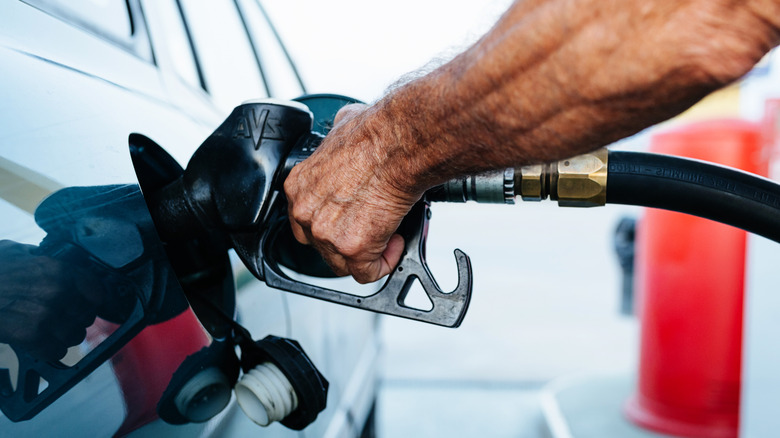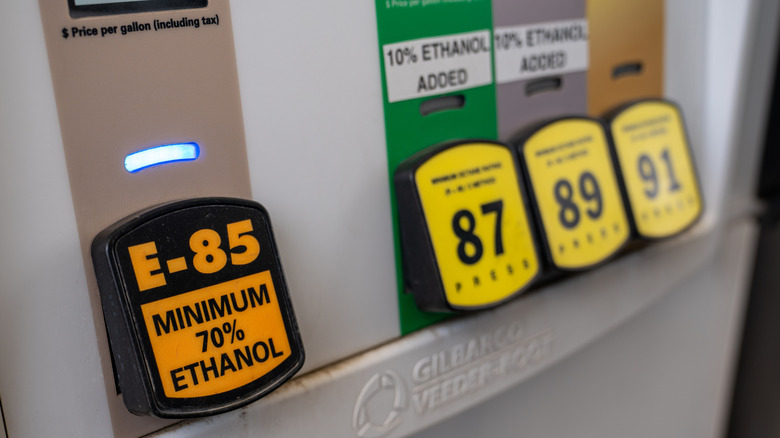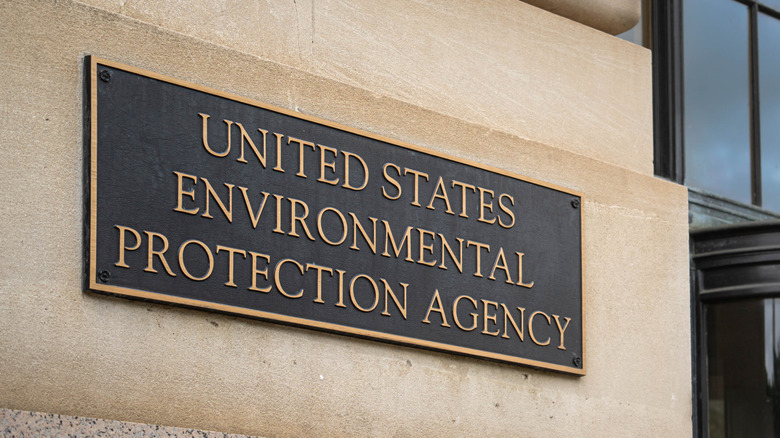Emergency Gas Waiver: How The EPA's Move Will Cut Your Driving Costs This Summer
The price of gas at the pump may be going down this summer, as the EPA has been launching what the organization refers to as the "biggest deregulatory action in U.S. history." EPA Administrator Lee Zeldin, a longtime ally of President Donald Trump, has been at the forefront of these decisions. As of April 28, it appears that the administrator's latest action under Zeldin's leadership is seeking to curb the price of gasoline over the summer months by deregulating the seasonal restriction of E15 gas. "President Trump's commitment to farmers and the Renewable Fuels Standard has been a cornerstone to his leadership," Zeldin stated in an official news release. "In my confirmation hearing, I pledged to establish certainty when it came to the sale of E15 year-round. Promises made, promises kept."
Gas prices have been steadily rising for decades, which has often led to tension between frustrated consumers and environmental agencies like the EPA. Right now, with inflation and cost-of-living expenses shooting up, these tensions seem to be at an all-time high. There are many who will celebrate the economic relief that comes with cheaper gas, but there are also those who might be curious to learn a bit more about what E15 is, what effect it has on the machines that run it, and why this type of fuel was regulated in the first place.
What is E15 gasoline?
To get a better understanding of what this latest action from the EPA means, you'll first need to know exactly what E15 gasoline is. The U.S. Department of Energy describes it as "gasoline blended with 10.5% to 15% ethanol." Ethanol is a clear and colorless form of alcohol. It's an organic chemical compound produced by fermenting agricultural products, such as the starch in corn grain or sugar stalks, and is not a petroleum derivative like pure gasoline. As such, it is cheaper to produce and therefore lowers the cost of the fuel mixture depending on the ratio. 98% of the gas you find at stations already contains ethanol, though this is usually restricted to 10% of the overall formula.
This limited amount of Ethanol can actually be useful in gas that is used for certain engine types. It has a higher octane level than ethanol-free gas, which leads to steadier combustion, and it helps to oxygenate the fuel, which can actually reduce air pollution. Some cars, known as Flexible Fuel Vehicles, can even run on a fuel called E85, which is different from regular gas in that it's as much as 83% ethanol.
High-ethanol gas isn't ideal for all vehicles, however. Aside from Flexible Fuel Vehicles, only conventional cars, trucks, and SUVs that are models 2001 or newer are approved to run E15 gas. Older vehicles, motorcycles, heavy-duty engine vehicles (school buses, delivery trucks, etc.), off-road vehicles, and the small gas engines found in products like chainsaws, string trimmers, and lawn mowers should not be run on blends that contain more than 10% ethanol. This is partly because gas containing high amounts of ethanol can cause corrosion on metal parts, which leads to smaller engines failing, but it also has to do with the reason that the higher-concentration blends were regulated in the first place: evaporative emissions.
Why is E15 usually regulated in the summer?
The main reason E15 is regulated over the summer is that it has a higher Reid Vapor Pressure. The U.S. Department of Energy claims that "Regulations to reduce evaporative emissions that can contribute to ground-level ozone impact the ability to sell E15 during the summer ozone season in parts of the country without a Reformulated Gasoline program." This means that the fuel mixture is more volatile and, therefore, evaporates more easily at higher temperatures. By regulating the sale of E15 during the hottest months of the year as part of the Under Clean Air Act, the EPA sought to reduce the amount of emissions that occur, not from combusted exhaust, but from the evaporation of stored and unused fuel.
This isn't the first time the EPA has relaxed these regulations, however. The EPA has issued nationwide fuel waivers for E15 gas every year since 2022. This latest waiver is currently scheduled to allow the sale of E15 to continue from May 1, 2025, through May 20, 2025. This waiver has already been issued in a statement to all U.S. state governors, as well as Mayor Muriel Bowser of the District of Columbia.


